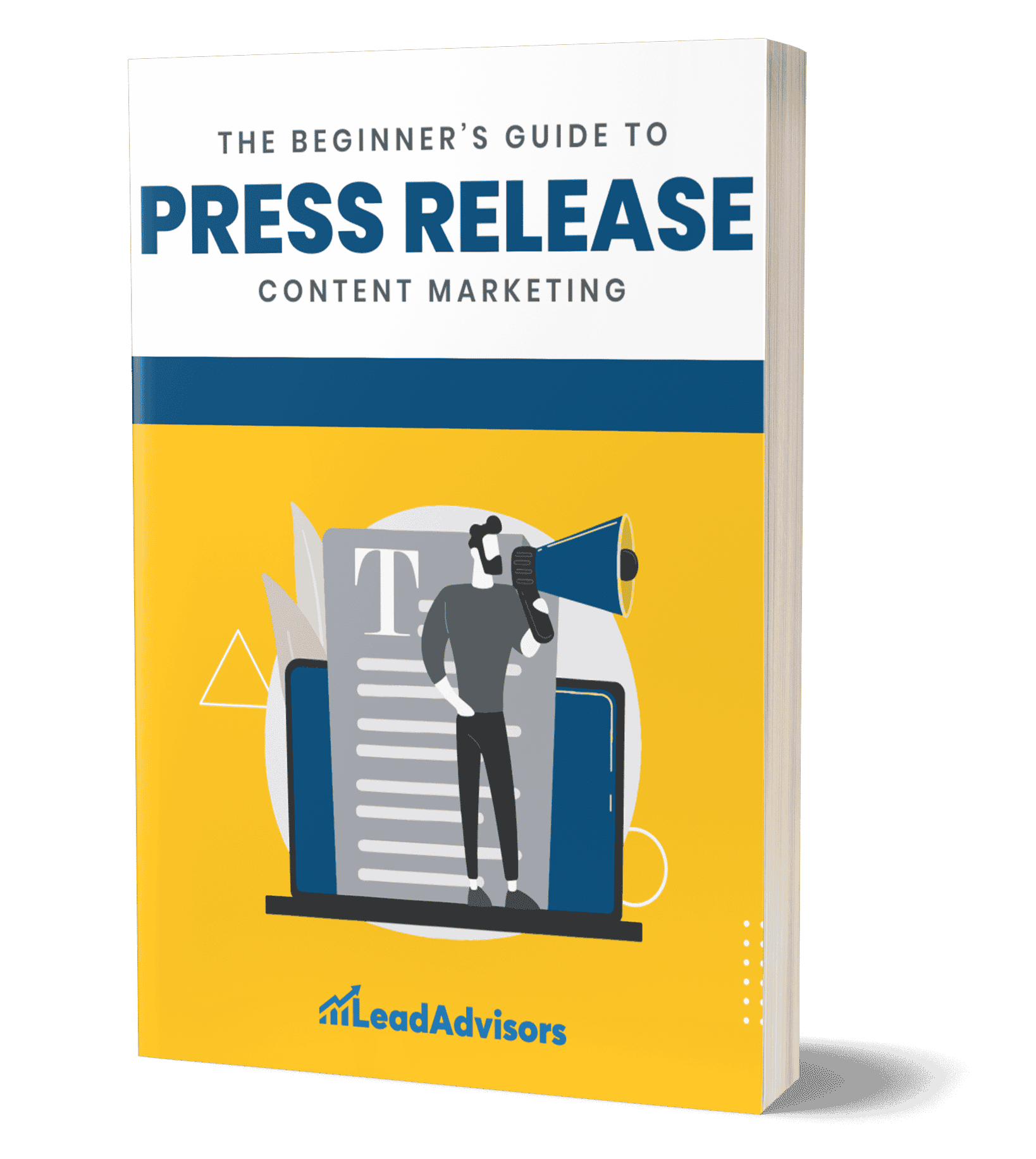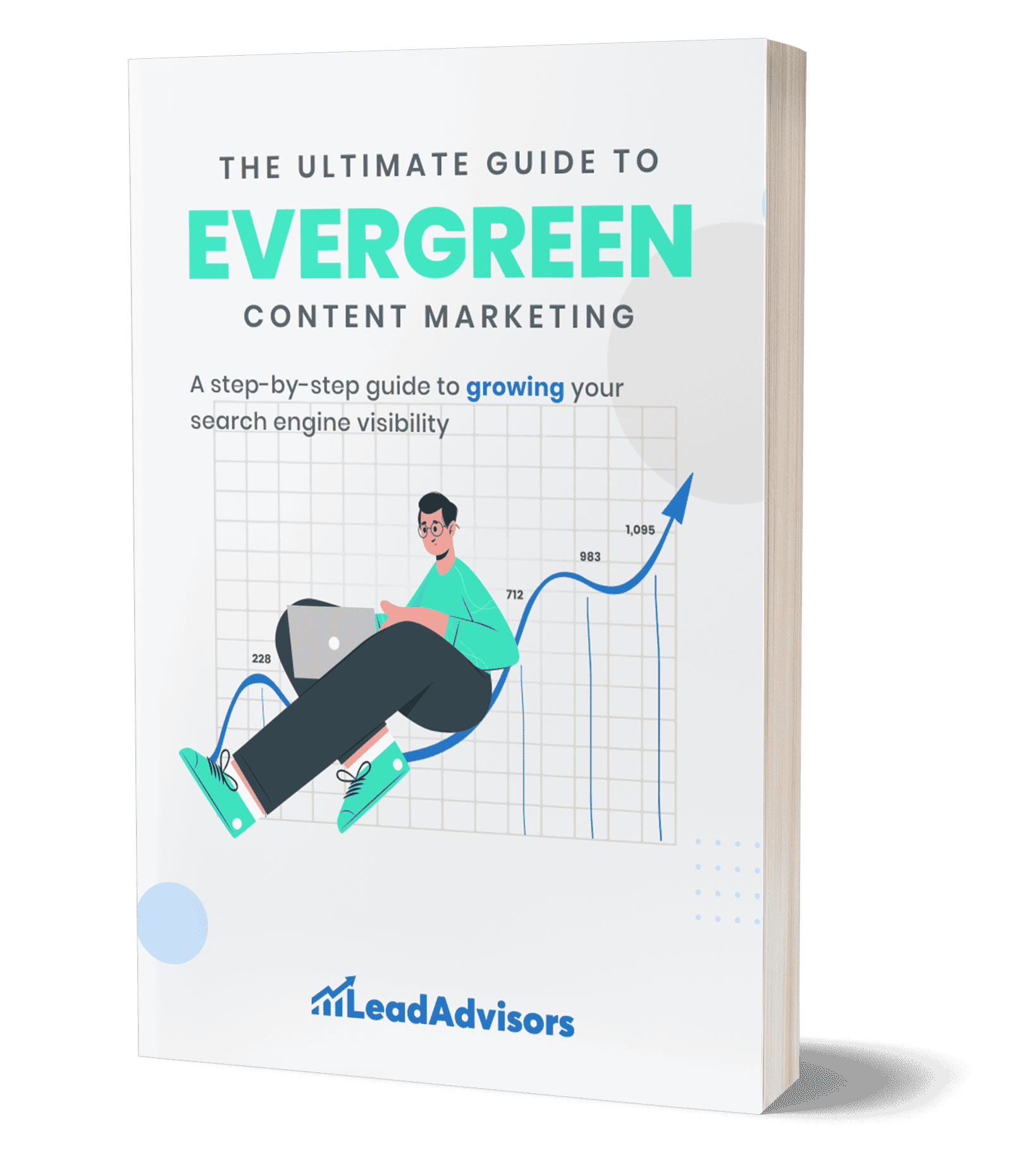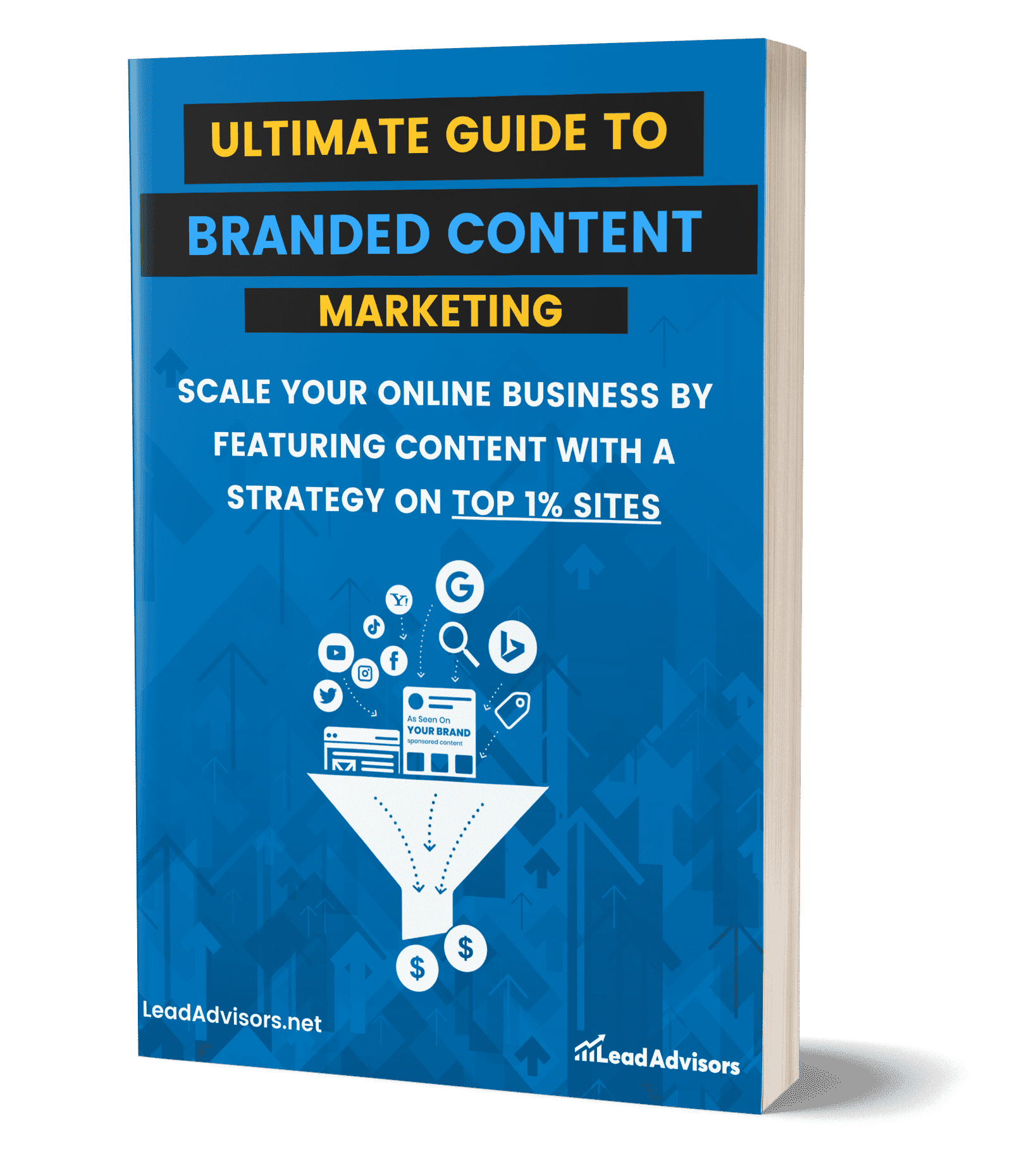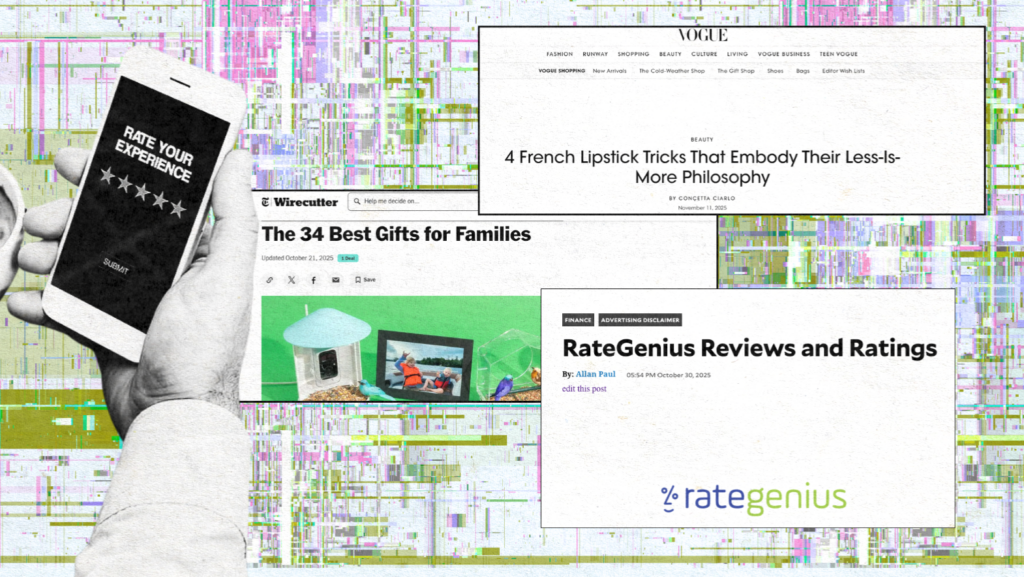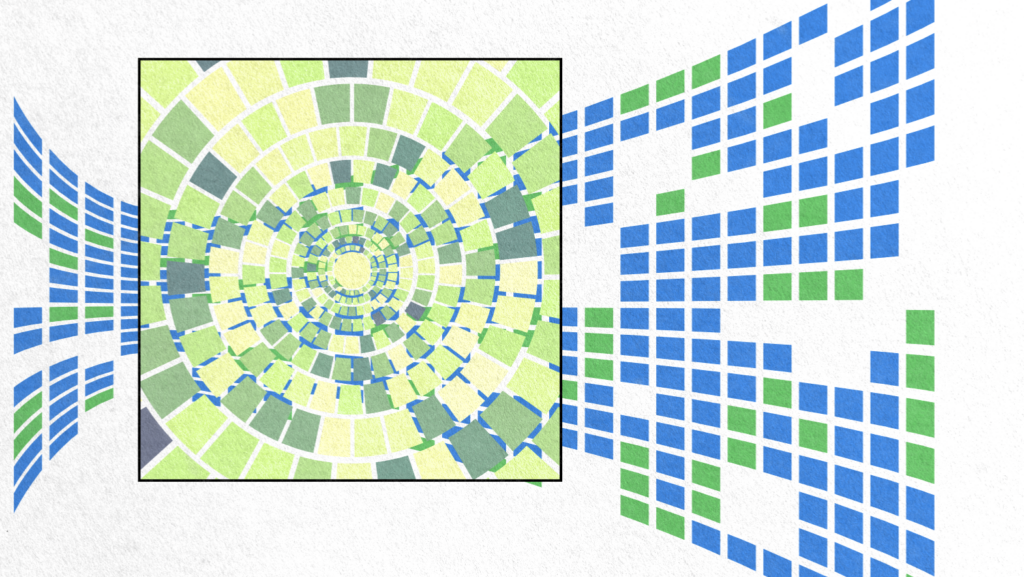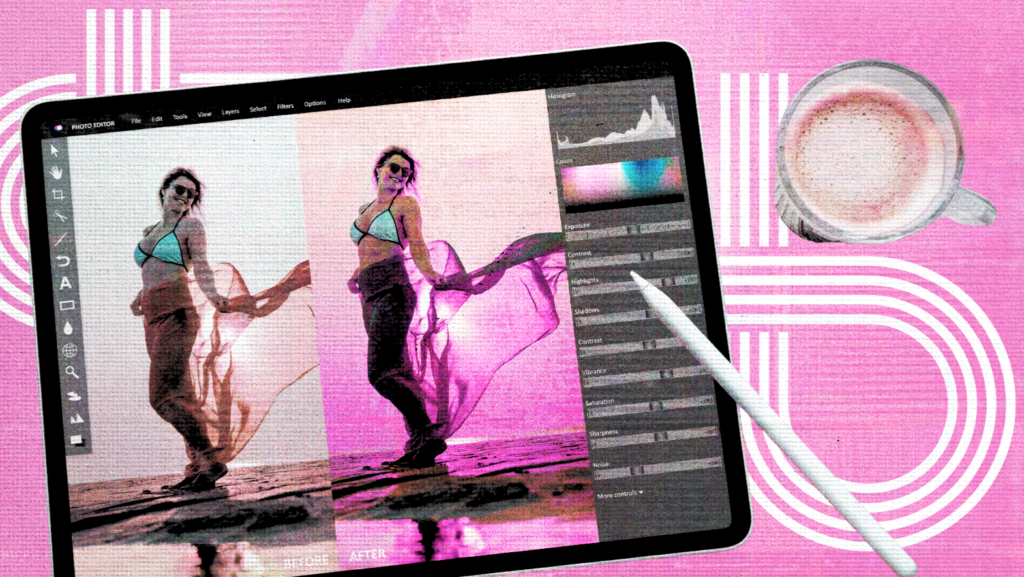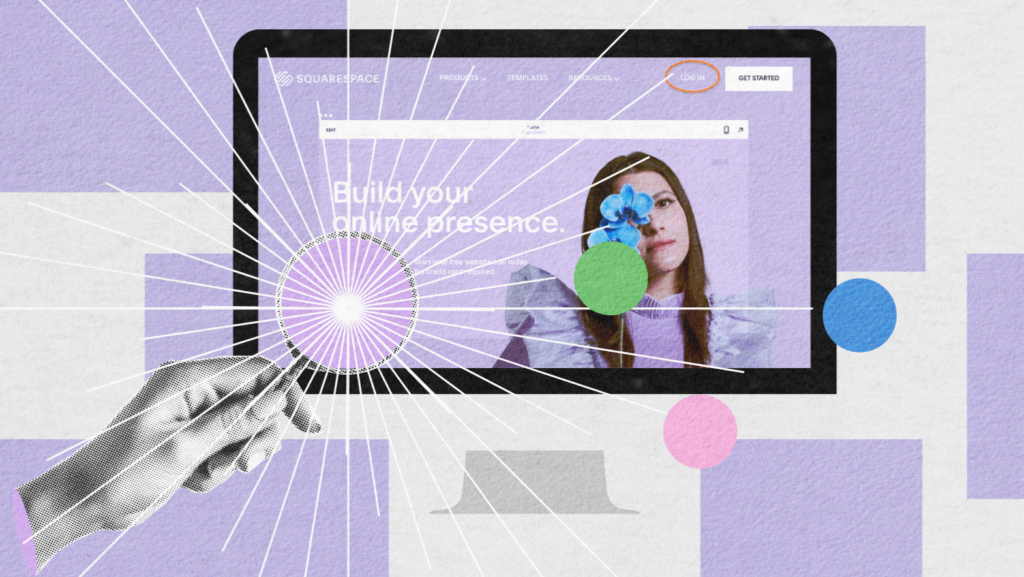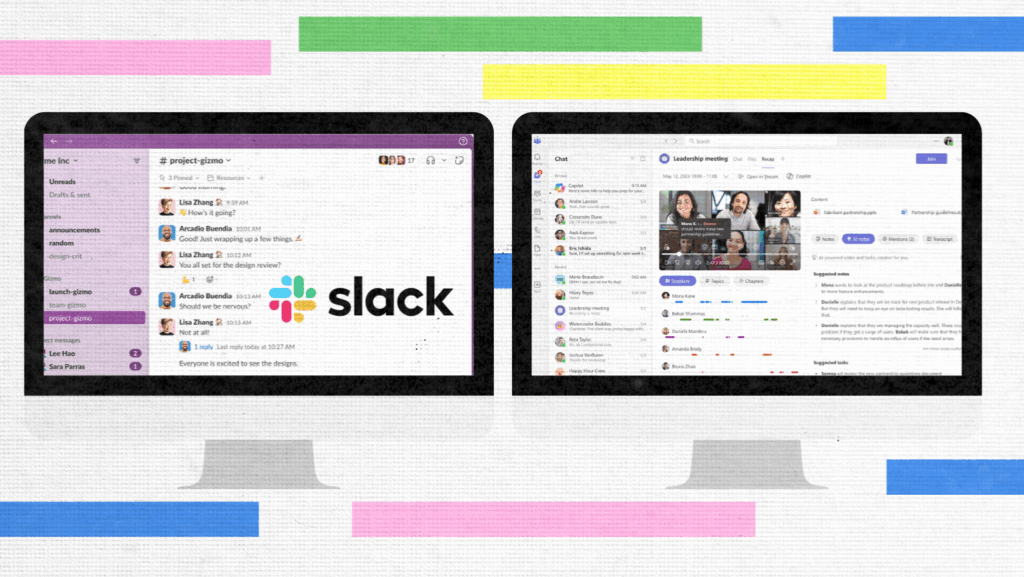Whether you’re launching a new product, promoting an event, or sharing company news, a well-crafted press kit positions your brand as credible and media-ready, making it easy for journalists to feature you. A press kit does just that – providing essential information, eye-catching visuals, and compelling content that captures media interest.
A press kit, also known as a media kit, online press kit, digital press kit, or press packet, is a powerful tool for businesses looking to enhance their media presence.
This guide will walk you through the essentials of creating and distributing a professional press kit. Learn how to create an effective press kit that will elevate your brand, enhance your media presence, and drive your PR success.
What Is a Press Kit?
A press kit is a curated collection of press materials designed to provide journalists, bloggers, and influencers with key information about a company, brand, or individual. Its primary purpose is to support media coverage.
This is done by delivering essential details such as company history, business facts, high-resolution logos, product photos, and contact details. A well-prepared kit helps control your brand’s narrative. Moreover, it makes it easy for the media to create accurate and compelling news stories about your business.
You May Also Like: Conversion Funnel Optimization: Boost Your Sales and ROI
Why Every Business Needs a Press Kit
A professional press kit is crucial for streamlining communication with the media, enhancing your brand’s visibility, and establishing credibility. Whether you are launching a new product, promoting an event, or announcing company news, an effective kit provides journalists with relevant information.
This saves them time and increasing your chances of media coverage. By integrating a well-organized online media kit into your content production process, businesses can position themselves as professional, trustworthy, and media-ready. Moreover, a kit effectively supports their PR efforts and provides a consistent brand messaging.
Read More: How to Start a Newsletter
Key Components of a Professional Press Kit

Creating a professional press kit involves assembling key components that effectively showcase your brand to the media. Each element, from your company story to high-resolution images, plays a crucial role in providing journalists with the relevant information they need to accurately represent your business. This section outlines the essential elements that make up a well-crafted kit.
Determine the Purpose of Your Press Kit
Before creating your own press kit, define its purpose. Is it for a product launch, a new business introduction, or an event promotion? Identifying the goal will guide the type of information and media assets you include.
Include Contact Information
Always include clear and accessible contact information. List the name, email address, phone number, and social media profiles of the primary media contact within your PR team.
Basically, this direct link helps journalists quickly reach the right person for additional information, ensuring smooth media relations and easy access for press inquiries.
Create Your Business Story
The company overview is the backbone of any good press kit. It should include your company history, mission, and key facts that define your brand.
Craft a compelling brand story about why your company was founded and its core values, making it relatable and engaging for the media. This section certainly provides journalists with a narrative they can incorporate into their news stories.
Compile Company Facts
Develop a fact sheet that includes relevant details such as your founding date, location, number of employees, notable clients, and key milestones. Highlight interesting facts about your business, products, or services that make your brand unique.
This information positions your brand as credible and newsworthy, providing background information that journalists can use in their articles.
Gather High-Quality Photos
Include high-resolution photos of your products, events, key people, and business locations. These visual assets are crucial especially for enhancing the appeal of your digital press kit and providing journalists with the imagery they need to craft a visually engaging story.
Provide access photos via a media gallery or links to platforms like Google Drive or Dropbox, ensuring the press has high-resolution versions available for publication.
Provide Logos and Brand Guidelines
Your company logo is a key element of your brand identity. Include high-quality versions of your logos along with brand guidelines that specify how and where these logos should be used.
Further, providing visual assets in multiple formats ensures that the media can use them correctly in their stories, maintaining brand consistency across all press coverage.
Create Team Bios
Include professional bios and headshots of your leadership team and other key people within your company. For event-related press kits, include bios of individuals who play a significant role in organizing or leading the event.
This personal touch generally humanizes your brand and provides journalists with context about the people behind the company.
Link to Press Releases and News Coverage
Include links to your most recent press releases and notable media mentions. This section of your press kit adds context and highlights your company’s earned media.
Hence, this demonstrates past successes and ongoing relevance. It helps journalists get up to speed on your latest developments and achievements, enhancing your PR kit’s credibility.
Add Testimonials, Case Studies, and Awards
Incorporate testimonials, case studies, and any awards your company has received to bolster your credibility.
This social proof showcases your company’s impact and adds a layer of authenticity to your press kit. Indeed, this helps to create a compelling story that resonates with journalists and your target audience.
Designing an Eye-Catching Press Kit
Designing an eye-catching press kit is about more than just providing information; it’s about making your brand visually appealing and easy for journalists to navigate.
A well-designed press kit uses consistent branding, clear organization, and engaging visuals to capture attention and communicate your story effectively. This section explores how to design a kit that not only looks professional but also enhances the overall impact of your media outreach.
Consistent Branding for Press Kit
Ensure brand consistency throughout your press kit by using your company’s colors, fonts, and tone of voice. Likewise, consistent branding reinforces your identity and makes your press materials more professional and cohesive, enhancing your brand’s recognition and appeal. You can design your press kit using Canva and distribute it via MailChimp.
For example, if your company’s brand uses a modern and minimalist style with blue and white as primary colors and a clean, sans-serif font, your press kit should reflect this design.
Use your brand’s color palette for headers and accents, apply the same fonts used in your marketing materials, and maintain your brand’s tone of voice throughout the content – whether it’s formal, friendly, or innovative.
This consistent use of visual and written elements not only makes your kit look cohesive but also instantly recognizable as an extension of your brand, enhancing overall brand appeal and professionalism.
Layout and Organization
Organize your press kit into clear sections and headers, making it easy for journalists to find key information. Use a clean layout to keep your content concise, structured, and visually appealing. Consider creating an interactive press kit or a single-page online kit to improve user experience and encourage engagement.
For instance, a well-organized press kit might begin with a clear table of contents followed by distinct sections such as “Company Overview,” “Media Contacts,” “Product Images,” and “Recent Press Releases.”
Each section should be labeled with bold headers and include concise, bullet-pointed information to enhance readability. A single-page online kit could use clickable tabs or expandable sections to allow journalists to quickly jump to the content they need, improving the user experience and making the press kit both engaging and easy to navigate.
Visual Appeal
Visual elements are crucial for creating an engaging media kit. Use high-quality product images, infographics, and charts to break up text and draw the reader’s attention. A visually appealing digital media kit that utilizes a great visual identity captures interest and conveys information effectively.
For example, a visually appealing media kit for a tech company might include high-resolution product images that showcase the latest devices, alongside infographics that highlight key features or market statistics.
Charts can be used to visually represent company growth or customer satisfaction, adding a dynamic element to otherwise text-heavy sections. By strategically placing these visuals alongside concise descriptions, the media kit not only captures the reader’s attention but also helps convey complex information quickly and effectively, making it more engaging and memorable.
You May Also Like: Pros and Cons of Social Media Marketing
Who Should Receive Your Press Kit?

Distribute your press kit to key media contacts, including journalists, bloggers, influencers, and potential partners. Tailor your distribution to match the interests of your target audience. Your kit should reach those who are most likely to provide valuable media coverage.
Distribution Channels
Maximize your press kit’s reach by distributing it through multiple channels, including direct email outreach, your company’s online newsroom, PR platforms, and social media. Likewise, host your kit on your website’s press page, making it accessible to the press and easily downloadable.
Personalizing Your Outreach
When sharing your press kit, personalize your outreach to make a stronger impact. Address recipients by name, mention their work, and explain how your kit could be of interest. Personalized communication helps build stronger media relations and increases the chances of securing press coverage.
Read More: Instagram Alternatives: Top Picks for Visual Content Creators
Common Mistakes to Avoid When Creating a Press Kit

Creating a press kit that effectively represents your brand requires careful attention to detail, but common mistakes can undermine its impact.
From outdated information to poor-quality visuals, these errors can deter media engagement and harm your brand’s credibility. This section highlights the most frequent pitfalls to avoid when crafting your kit. Make sure it remains professional, compelling, and media-ready.
Overloading with Information
Avoid overwhelming your audience with too much information. Focus particularly on concise, relevant content that provides a clear picture of your business and highlights the most compelling aspects of your brand.
Outdated or Low-Quality Assets
Ensure that all logos, images, and other press materials are high-resolution and up-to-date. Low-quality or outdated assets can harm your brand’s professional image and reduce the effectiveness of your press kit.
Lack of Contact Information
A common pitfall is not providing clear and accessible contact information. Similarly ensure that media contacts have an easy way to reach your PR team for follow-up questions or additional details.
You May Also Like: How to Do Hashtag Research
Frequently Asked Questions
What is the main purpose of a press kit?
Who should receive a press kit?
What should be included in a press kit?
How often should a press kit be updated?
Why is design important in a press kit?
Conclusion
A well-crafted press kit is a powerful asset for boosting your media presence and enhancing your brand’s credibility. By incorporating essential elements, ensuring a cohesive design, and keeping your content updated, you can create a press kit that effectively tells your brand’s story and captures the attention of journalists.
Don’t let your brand go unnoticed—elevate your visibility with a professional press kit that stands out in today’s competitive media landscape. Need help crafting the perfect press kit? Partner with LeadAdvisors to refine your strategy and create a compelling press kit that amplifies your public relations efforts and drives real results.



